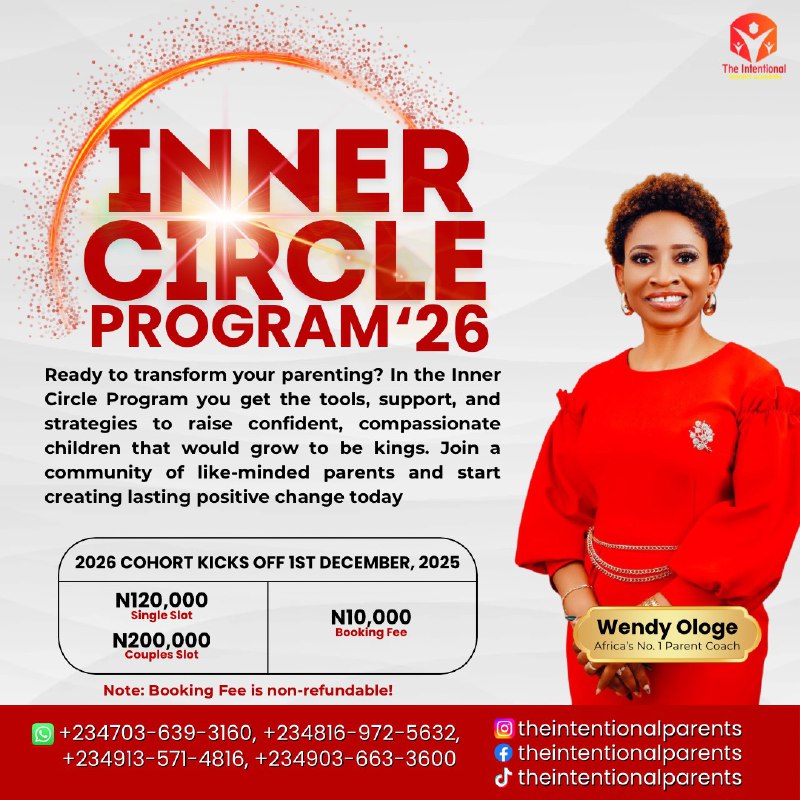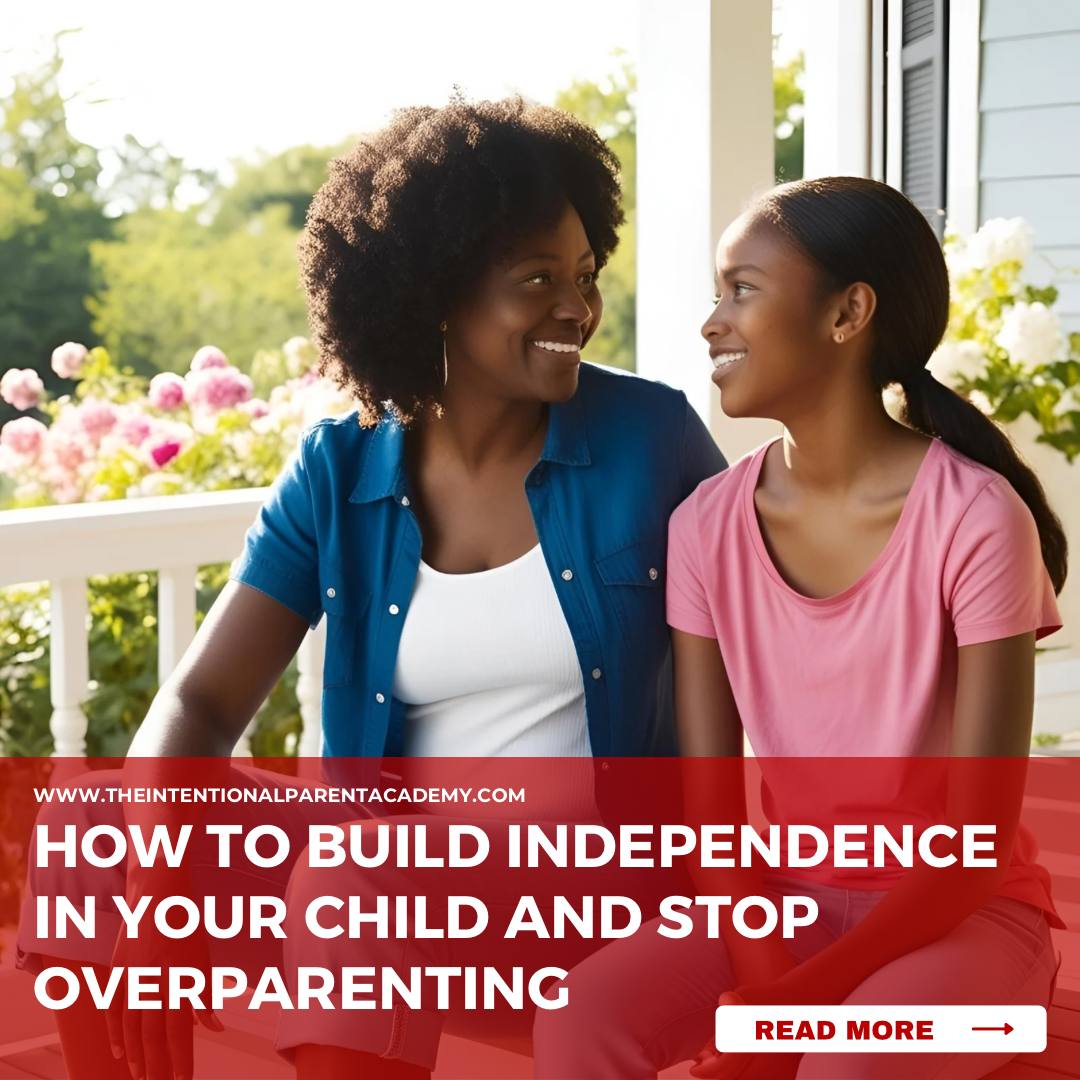The Truth About the So-Called Slow Learners
The term “slow learners” is often used to describe children who take longer to grasp concepts compared to their peers. However, this label is misleading and can be discouraging. Instead, these children should be called steady learners—because they are not slow; they simply learn at their own pace and in a way that suits their unique abilities. Every child has a different way of absorbing, processing, and retaining information, and understanding these differences is key to unlocking their full potential.
Different Learning Styles: Not Every Child Learns the Same Way
One of the biggest misconceptions in education is that all children should learn the same way. In reality, children process information differently, and their learning style influences how well they understand and retain knowledge. Here are some common learning styles:
1. Visual Learners – These children learn best through images, charts, colors, and videos. They struggle with long verbal explanations but excel when information is presented visually.
2. Auditory Learners – These learners understand best by listening. They retain information through discussions, storytelling, and verbal instructions. Schools are primarily designed for this group, which is why many children who need other forms of learning struggle.
3. Kinesthetic Learners – Also known as hands-on learners, these children learn through movement, touch, and practical experiences. Sitting still in a classroom for long hours does not help them; they need interactive activities.
4. Reading/Writing Learners – These children learn best by reading text and writing notes. They excel when given books, worksheets, and opportunities to write.
Understanding a child’s learning style can transform their education, helping them absorb information in a way that makes sense to them.
Why Traditional Learning Methods Don’t Work for Every Child
Most traditional schools rely heavily on auditory teaching—lectures, verbal instructions, and note-taking. This system benefits auditory learners but leaves behind children who need visual aids, hands-on activities, or real-life examples to understand concepts. “Schools are designed for children who learn best through listening rather than those who need visual aids.” This means that many children who are labeled as “slow” are simply not being taught in the way they learn best.
How to Help Steady Learners Excel
Rather than forcing children to fit into a rigid learning system, we should adapt to their natural learning style. Here are some effective ways to support steady learners:
Use Puzzles and Games – These help with problem-solving, critical thinking, and cognitive development, especially for kinesthetic and visual learners.
Provide Visual Aids – Diagrams, pictures, videos, and color-coded notes make learning easier for visual learners.
Encourage Hands-On Activities – Science experiments, crafts, and building models help kinesthetic learners grasp concepts better.
Break Information into Smaller Parts – Some children learn better when complex topics are simplified and presented in steps.
Allow More Time to Process Information – Rushing a child who needs more time to understand a concept will only frustrate them. Give them space to learn at their own pace.
Conclusion: Learning at Their Own Pace
No child is truly “slow”—they simply learn differently. When we understand and support their unique learning styles, we help them gain confidence and excel in their own way.
If you’re a parent wondering how to best support your child’s learning, the Understanding Your Child’s Learning Style course is designed to help you discover exactly how your child learns best and how to provide the right tools for their success. Because when a child is taught the way they learn, learning stops being a struggle and becomes an exciting journey!13:35
Want to watch the full video? Click here: https://www.instagram.com/reel/DG0HRJaMFt0/?igsh=MTliZzVraml5ajFjMQ==
Have you registered for the Inner Circle Program 2026?

REGISTER FOR 2026 INNER CIRCLE PROGRAM!
Registration for the 2026 Inner Circle has commenced.
You can book your slot and spread your balance within the year.
Booking fee for single is #10000. ($10)
Complete fee for one parent is #120,000. ($120)
Booking fee for couples is #20,000. ($20)
Complete fee for couples #200,000. ($200)
You can book here:
https://theintentionalparentacademy.selar.co/Innercircle2025BOOKING
Or You can make direct payment to 1310192708 (Zenith Bank). The Intentional Parent Academy, then send a chat to: +2349135714816
International payments can be made through Zelle or PayPal using the email wendyologe@gmail.com
Want to make a one-time payment?
For singles slot pay here
https://theintentionalparentacademy.selar.co/InnercircleRegistrationSinglesComplete
For couples slot:
https://theintentionalparentacademy.selar.co/Innercirclecouplescomplete
Please Note: Fee must be completed before being admitted into the Inner Circle Program which starts on the 1st of December. Don’t forget admission is once a year.

